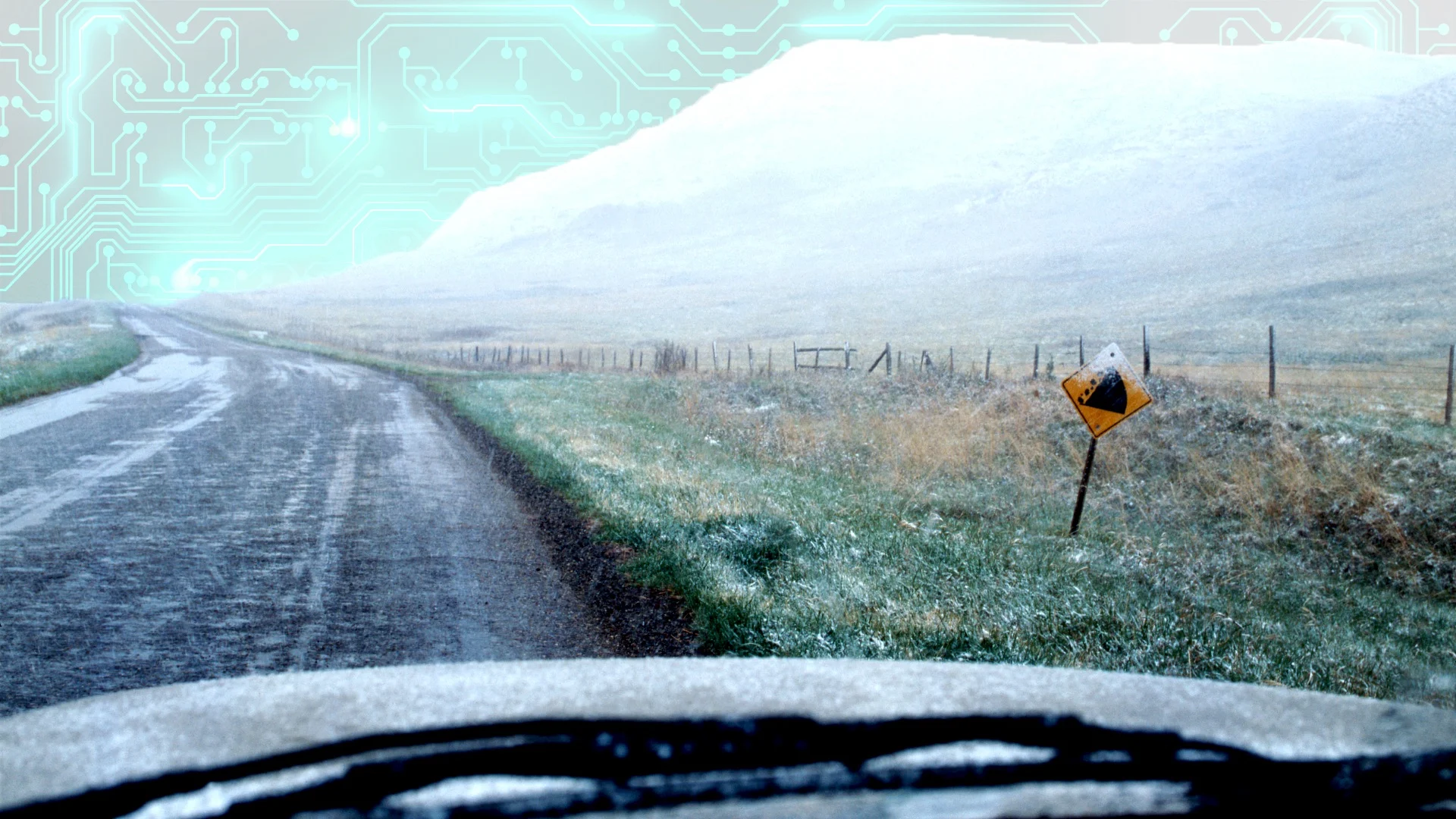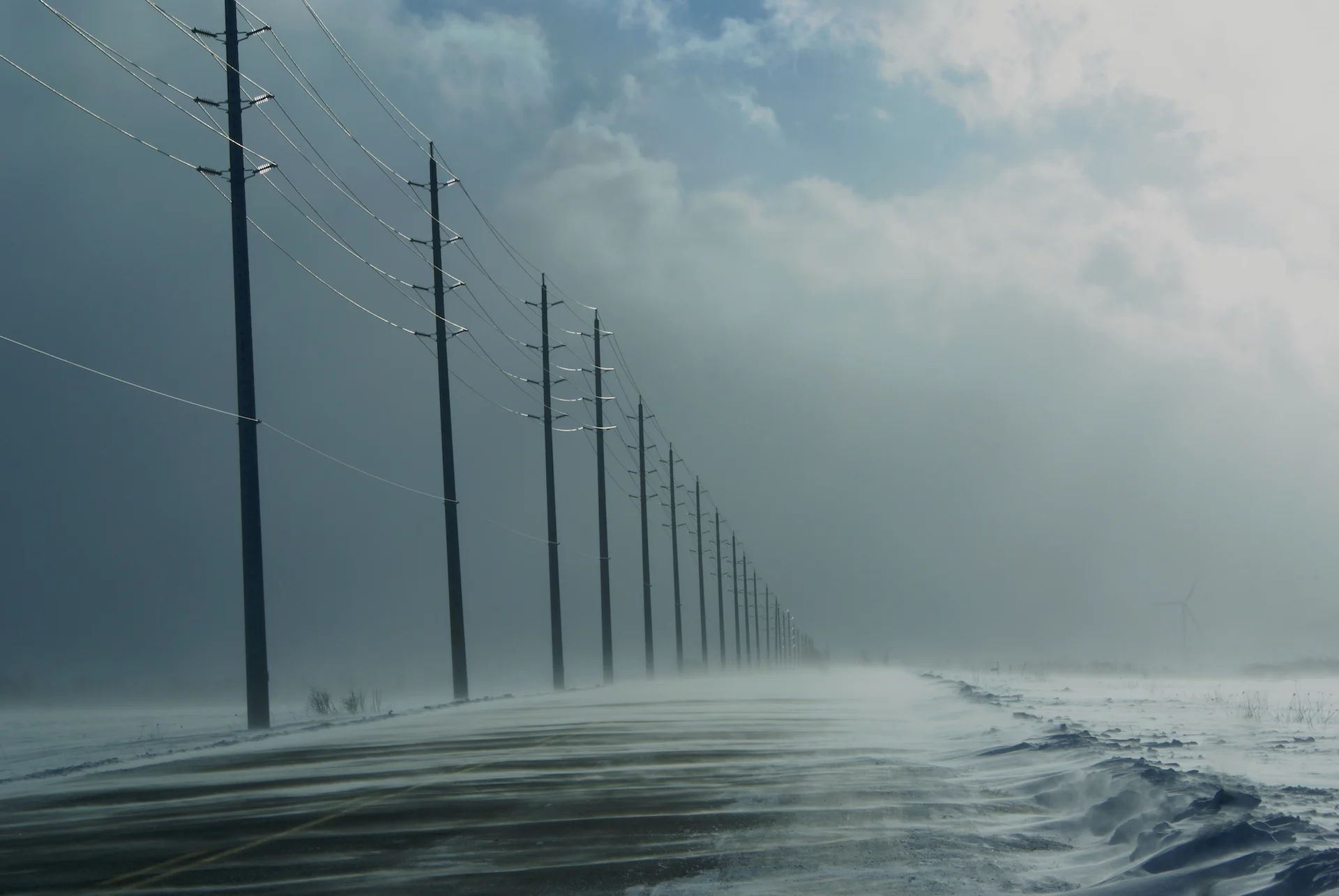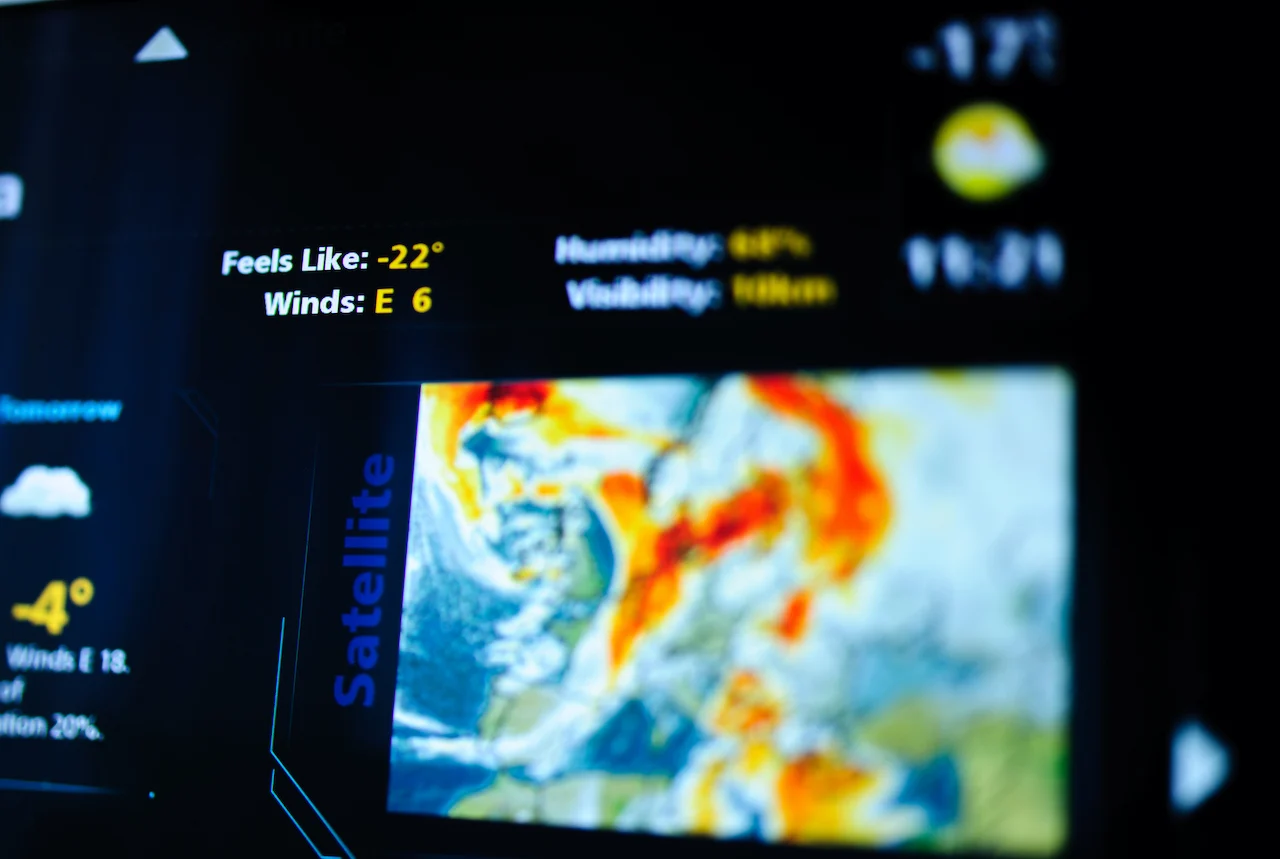
How AI can change the game for snow squall forecasts
Snow squalls are rather difficult to pinpoint, both in terms of timing and movement, but, with the advancement of artificial intelligence, will forecasting these highly localized events become much easier?
Weather forecasting has its daunting challenges, with snow squalls perhaps one of the most problematic due its unpredictability.
While the science of weather prediction has made a lot of advancements over the past several decades, with the help of new technology, there are still many obstacles that need to be overcome, especially when it comes to short-range, variable and isolated events such thunderstorms, tornadoes and snow squalls.
SEE ALSO: AI & machine learning are improving weather forecasts, but won’t replace humans
That could change, however, with the aid of artificial intelligence, commonly referred to as AI.
Since meteorologists work with plenty of different variables and "constantly changing" data points, AI can lend a hand in forecasting as those are areas it is quite good at tackling, according to Neil Sahota, lead artificial intelligence advisor to the United Nations.

(Getty Images-1494104649)
"AI can check all the different weather-related variables, even for snow accumulation in real-time, and check it every second or even half-second, so that it can even see a small, very tiny, [minor] deviation from that baseline that we, probably as humans, would not normally notice until the variation got much larger," said Sahota, in a recent interview with The Weather Network.
"If we have access to the data, the AI systems can actually help do that."
Pros and cons of AI in forecasting
AI can provide better accuracy in predictive modelling and improve the forecasters’ ability to react to real-time data, Sahota said.
The IoT (internet of things) sensors are used to collect the real-time information and then feed it into an AI system.
"AI can help them make better predictive models, helping meteorologists get a [better] forecast on what's going to happen. [They can] forecast a more accurate level of snow accumulation, for example, [and] figure out the lake-effect," said Sahota.

(Getty Images-108161650)
One of the issues predicting snow squalls is a sudden change in a variable such as the wind speed or direction. But, that's no obstacle for AI since it's already recalculating the predictive model and sharing the output when that occurs, he said.
A non-weather-related example is when using a real-time navigation app to travel. Enhancements in a global positioning system (GPS) allows the app to capture real-time road conditions such as the colour of the traffic signal ahead of your car or when the light changes, Sahota said.
"We can do exactly the same type of thing with weather conditions –– changes in wind, temperature, air pressure, humidity, precipitation, cloud cover [and] even where the sun is and where shade might be falling based on buildings and other things," said Sahota.
DON'T MISS: Clock ticking towards the Greater Toronto Area's first major snowfall
However, nothing is perfect and there are some flaws in using artificial intelligence in predictive modelling. One of the downsides is the implicit bias of human nature.

(Mark Robinson/The Weather Network)
“Some of the things that we do, [which] we do from intuition, may actually play against us. Because we taught that to the AI, made part of its kind of calculation, it sometimes might make a pretty erroneous mistake in that regard because it's factoring that bias," said Sahota.
Some people may expect AI to be perfect, but it never will be, just like humans.
"[The errors don't] happen as often enough as the upside [that] actually happened. It's worth the trade-off," said Sahota. "As human teachers, we know our data is biased. We don't need it to be perfect. [We] just need it to help us be a little bit better."
WATCH: Why November can be a monster for snow near Canada’s big lakes
Cost a factor in lack of widespread use of AI
Sahota noted that the use of AI in weather forecasting began as early as 2015, and has since become "more robust."
"If people are wondering why suddenly the weather person seems to be a little more spot-on with their predictions...[it's] a little assist from AI on that," said Sahota.
The reason we haven't seen more AI in forecasting, though, is partly due to cost. However, the good news is that as technology drops in cost over time, IoT sensors have "gotten very cheap."

(Getty Images-617583632)
With that being said, meteorologists shouldn’t worry about losing their jobs because of AI since it is not designed to replace their abilities, Sahota said.
With AI and humans working together, there's a term that is often used in the technological community –– hybrid intelligence.
“There are a lot of things that people are much better than machines at, [such as] intuition dealing with personal situations. What we found is that when a person is using these tools for complementing their own capabilities with machine abilities, they always outperform the AI system," said Sahota.
"I think you'll see meteorologists tapping into more of these AI tools, especially as they get more robust. Together, they're going to make much better predictions."
WATCH: Storm Hunter explains why snow squalls are so difficult to predict
Thumbnail photo created by Cheryl Santa Maria/The Weather Network. It contains stock images from Canva Pro.
Follow Nathan Howes on the X platform, formerly known as Twitter.











